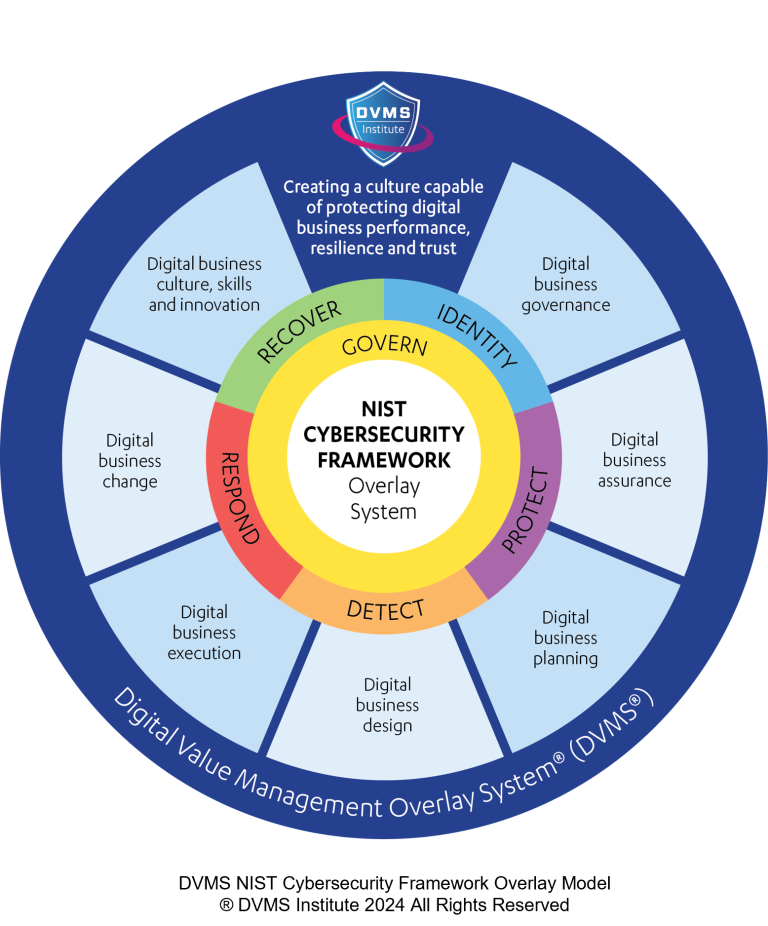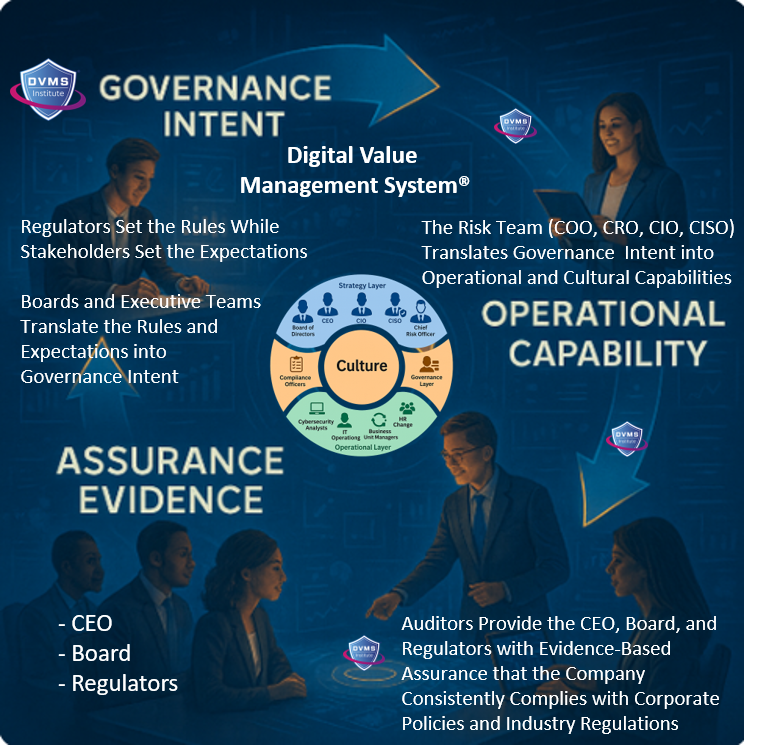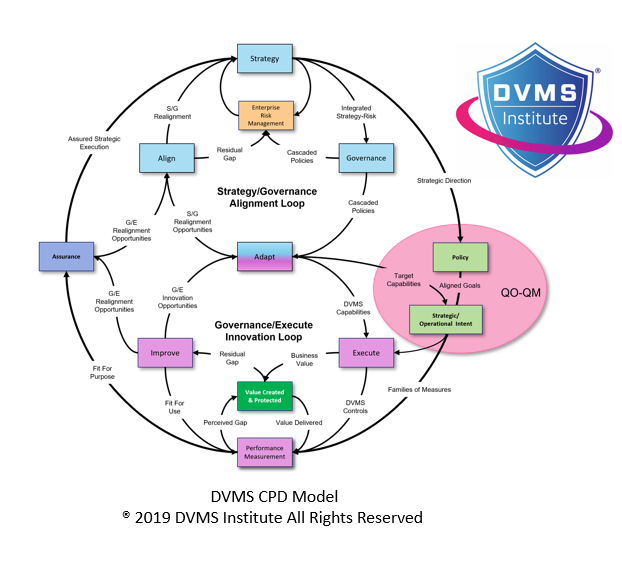Digital Risk: A New Frontier of Human Challenge
Rick Lemieux – Co-Founder and Chief Product Officer of the DVMS Institute
The digital age has ushered in a new era of risk that is fundamentally different from any other threat humanity has encountered. Unlike traditional risks, such as natural disasters or physical conflict, digital risk is often invisible, intangible, and rapidly evolving. It poses unique challenges due to its interconnected nature, global reach, and the speed at which it can spread.
One of the most distinctive features of digital risk is its interconnectedness. In the physical world, threats are often localized and contained. However, a single vulnerability can have far-reaching consequences in the digital realm. A data breach at one organization can expose the sensitive information of millions of individuals worldwide. The interconnectedness of digital systems also makes it difficult to isolate and contain risks, as they can spread rapidly through networks and infrastructure.
The global nature of digital risk is another critical factor that sets it apart. Traditional risks are typically confined to specific regions or countries. In contrast, digital threats can originate from anywhere and have a global impact. Cyberattacks can disrupt critical infrastructure, cripple economies, and undermine national security. The speed at which digital threats can spread across borders makes it challenging for governments and organizations to respond effectively.
The rapid pace of technological change is also a significant driver of digital risk. New technologies emerge constantly, creating new vulnerabilities and opportunities for exploitation. As organizations struggle to keep up with these advancements, they become increasingly exposed to digital threats. The dynamic nature of the digital landscape makes it difficult to anticipate and mitigate risks effectively.
Moreover, digital risk is often invisible and intangible. Unlike physical threats, which can be seen, felt, or measured, digital risks are often abstract and difficult to comprehend. Assessing digital threats’ severity and developing effective countermeasures makes it challenging. Additionally, the lack of tangible evidence can make it difficult to prove a digital attack’s existence or hold perpetrators accountable.
The human element is also a critical factor in digital risk. While technology plays a significant role in enabling and exacerbating digital threats, human error, negligence, and malicious intent are often the root causes of security breaches. Phishing attacks, social engineering, and insider threats are examples of how human factors can contribute to digital risk.
Digital risk is a unique and multifaceted challenge, unlike any other risk humanity has faced. Its interconnectedness, global reach, rapid evolution, invisibility, and the human element make it a complex and formidable threat. As organizations and societies grapple with the challenges of the digital age, it is imperative to develop a comprehensive understanding of digital risk and to implement effective strategies to mitigate its impact.
About the Author

Rick Lemieux
Co-Founder and Chief Product Officer of the DVMS Institute
The DVMS Institute teaches organizations of any size, scale, or complexity an affordable approach to mitigating cyber risk to protect digital business performance, resilience, and trust.
Rick has 40+ years of passion and experience creating solutions to give organizations a competitive edge in their service markets. In 2015, Rick was identified as one of the top five IT Entrepreneurs in the State of Rhode Island by the TECH 10 awards for developing innovative training and mentoring solutions for boards, senior executives, and operational stakeholders.
® DVMS Institute 2024 All Rights Reserved




